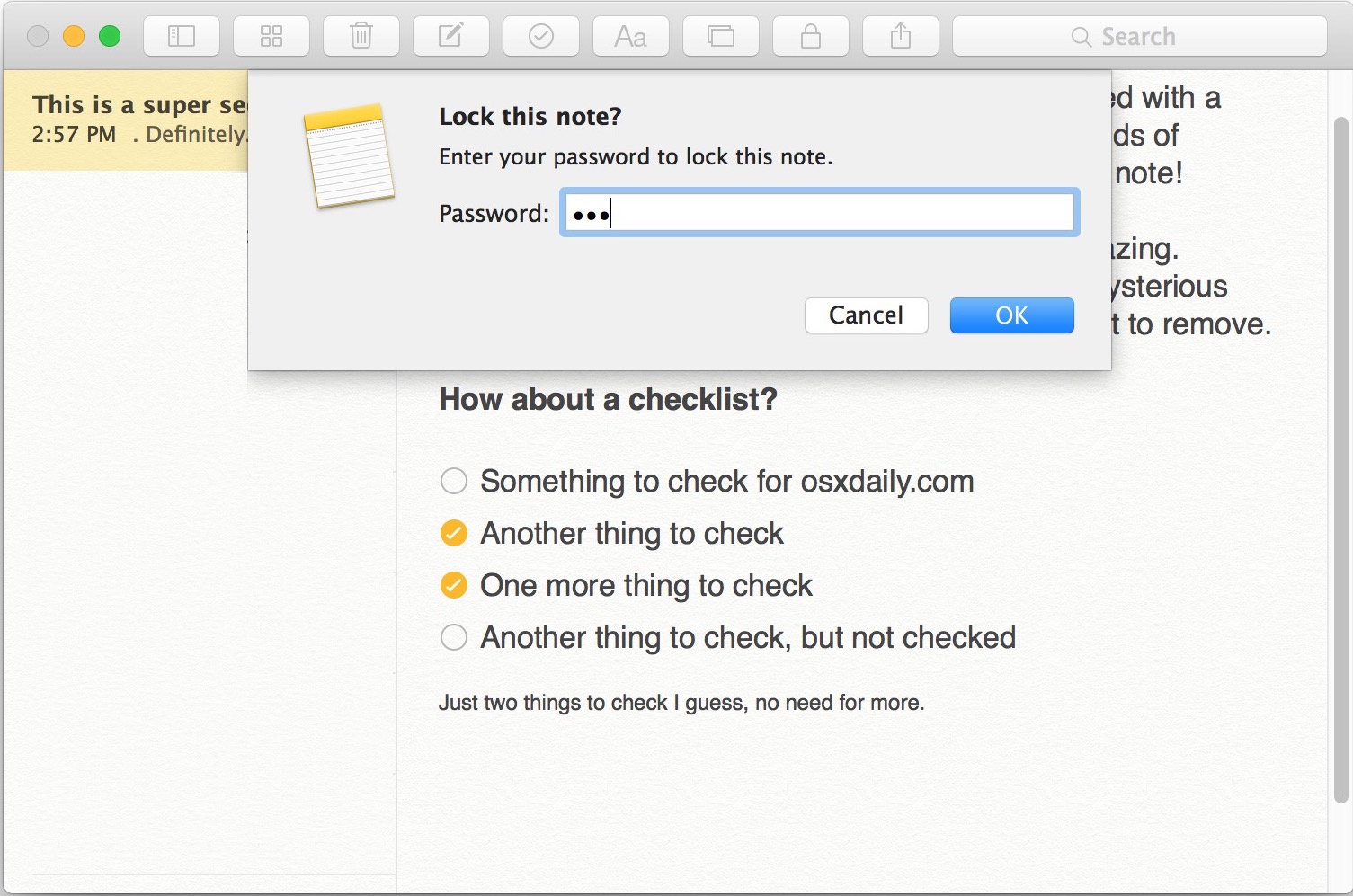From the contextual menu. A folder should open with an item named 'com.apple.Notes' selected. Move the selected item to the Trash, then restore it from a backup that predates the unwanted change. If you back up with Time Machine, enter it and select the snapshot from which you want to restore. The Mac will need to be running macOS Mojave or later, while iOS 12 and iPadOS 12 or later are required on the iPhone and iPad. Scanning Documents on the Mac with Notes. Start by opening the Notes app on your Mac and either creating a new note or selecting the one that you want to import the scanned document into.
You can choose from icon, list, column, or Cover Flow view. In Cover Flow view, the browser is split horizontally into two sections. The top section is a graphical view of each item, such as folder icons or a preview of the first page of a document. The bottom section is a list view of the items.
Macbook Pro Applications Not Responding

To jump, press VO-J. If you’re using VoiceOver gestures, keep a finger on the trackpad and press the Control key.
Icon view: Use the arrow keys to move to the item you want.
List view: To move down the list rows, press VO-Down Arrow. To expand and collapse a folder, press VO-. To move the VoiceOver cursor across a row and hear information about an item, press VO-Right Arrow. Or press VO-R to hear the entire row read at once.
Column view: To move down the list until you find the folder or file you want, use the Down Arrow key. To move into subfolders, press the Right Arrow key.

Macbook Pro Os Versions
Cover Flow view: To flip through the items in the top section and move automatically through the corresponding list rows in the bottom section, press the Left Arrow or Right Arrow key.
When you find the file or folder you want to open, use the Finder shortcut Command-O or Command-Down Arrow to open it.The Notes Mac Os X
VoiceOver announces when you have selected an alias or a file or folder you don’t have permission to open.
⇒ ⇒ Marslag Mac OS